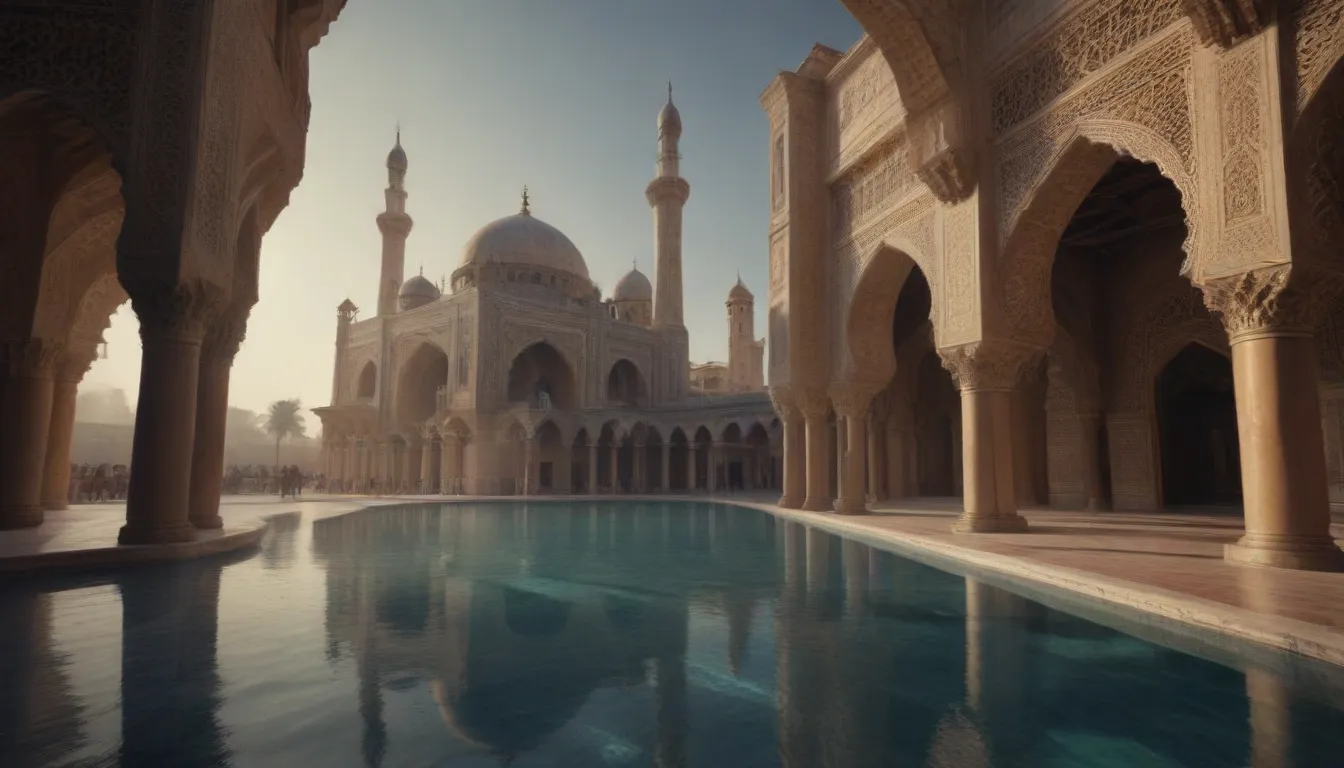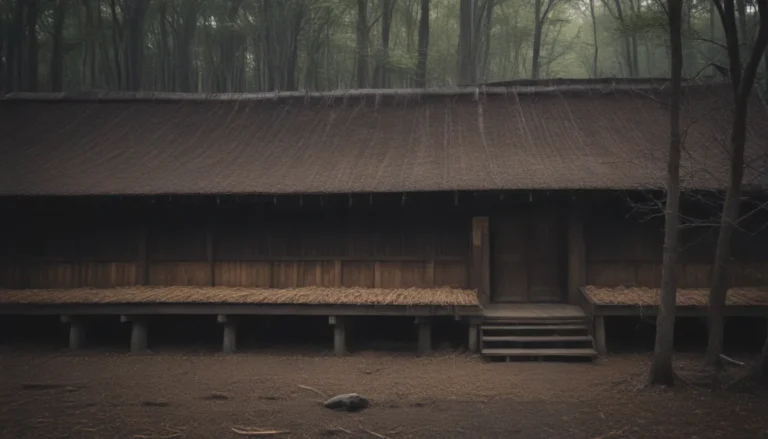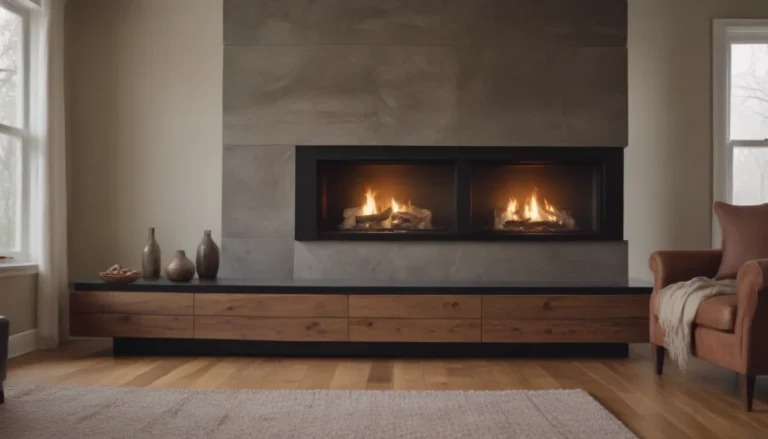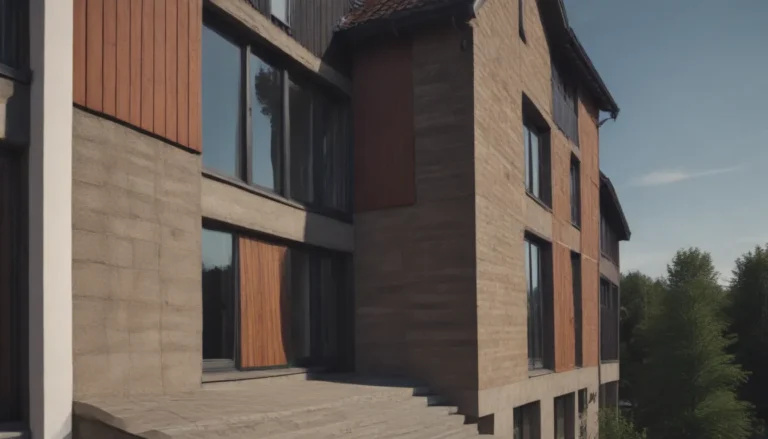An Exploration of the Rich History and Characteristics of Islamic Architecture

Understanding Islamic Architecture: A Deep Dive
Islamic architecture is a captivating blend of history, culture, and artistry that can be found across Arab states, Muslim-majority countries, and even in European regions with Islamic histories. Rooted in the principles of Islam, this centuries-old category of architecture showcases striking sculptural forms and breathtaking ornamental detail that have stood the test of time. From geometric designs to pointed arches and domes, Islamic architecture has left an indelible mark on the built environment.
Origins and Influences of Islamic Architecture
Islamic architecture emerged as a physical embodiment of the principles of Islam in the 7th century. Influenced by existing styles such as Roman, Byzantine, and Persian architecture, early Islamic architecture evolved over time as it spread from the Middle East to regions like Asia and Europe. The conquest of the Iberian Peninsula by North African Muslims introduced Islamic-influenced architecture to Spain, leaving a lasting legacy that can still be admired today. In the 19th century, a revival movement in Spain saw the work of renowned architect Antoni Gaudí, who drew inspiration from Islamic styles in his designs.
Key Characteristics of Islamic Architecture
Islamic architecture is defined by a set of distinctive features that set it apart from other architectural styles. From minarets to domes, muqarnas vaulting, and arches, each element contributes to the overall grandeur and beauty of Islamic buildings. Decorative elements like mosaic tiles, Arabic calligraphy scripts, and wood lattice work on windows add a layer of intricacy and elegance to the design. Outdoor elements such as gardens, walled courtyards, and open halls with column-supported roofs create a harmonious blend of nature and architecture.
Notable Features of Islamic Architecture:
- Minarets: Towering spires with interior staircases and small windows, serving the function of calling Muslims to prayer.
- Domes: Placed on pendentives, allowing for round domes on rectangular or square rooms, often adorned with mosaic tiling.
- Muqarnas Vaulting: Elaborate honeycomb or stalactite patterns on ceilings, adding texture and visual interest.
- Arches: Including horseshoe, pointed, scalloped, and ogee arches, adding a distinctive touch to Islamic architecture.
Ornamental Details in Islamic Architecture:
- Mosaic Tiles: Featuring repeated patterns and geometric motifs that showcase intricate craftsmanship.
- Arabic Calligraphy: Incorporating passages from the Qur’an as a decorative element.
- Wood Lattice Work: Utilized on windows for privacy and climate control, while also serving as a decorative feature.
Famous Examples of Islamic Architecture
Across the globe, there are several iconic examples of Islamic architecture that have captured the imagination of visitors and architects alike. From ancient shrines to modern cultural centers, each structure tells a unique story of craftsmanship and cultural heritage.
1. The Dome of the Rock in Jerusalem, Israel
- Dating back to the 7th century, this shrine is the oldest standing Islamic monument in the world.
- Featuring a Byzantine-style dome and intricate floral and geometric mosaics, it is a testament to the architectural prowess of its creators.
2. The Taj Mahal in Agra, India
- A masterpiece of Islamic architecture, the Taj Mahal blends Persian, Indian, and Islamic influences in its design.
- Known for its white marble beauty, inlaid stones, and Arabic calligraphy, it stands as a symbol of eternal love.
3. The Alhambra in Granada, Spain
- This 14th-century palace and fortress exudes elegance with its intricate woodwork, colorful tiling, and calligraphy.
- The Court of Lions showcases the ornate beauty of Islamic architectural ornamentation.
4. Heydar Aliyev Center in Baku, Azerbaijan
- Designed by the renowned architect Zaha Hadid, this modern cultural center pays homage to traditional Islamic design.
- With a contemporary twist, the center embodies the timeless beauty and fluidity of Islamic architecture.
The Diversity of Islamic Architecture
Islamic architecture is a diverse and multifaceted art form that encompasses a wide range of structures, from mosques and tombs to palaces and forts. Its rich history and intricate details make it a captivating subject of study for architects, historians, and enthusiasts alike. Whether exploring ancient shrines or marveling at modern interpretations, Islamic architecture continues to inspire and intrigue with its timeless beauty and cultural significance.
In conclusion, Islamic architecture is a vibrant and dynamic art form that reflects the rich cultural heritage of Muslim-majority countries. From its origins in the 7th century to its influence on contemporary design, Islamic architecture continues to captivate audiences with its intricate details and timeless beauty. Whether admiring the towering minarets of a mosque or the delicate mosaic patterns of a palace, each structure tells a unique story of artistic expression and cultural identity. Let us continue to appreciate and celebrate the enduring legacy of Islamic architecture for generations to come.





